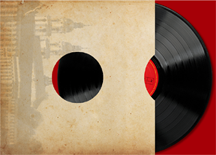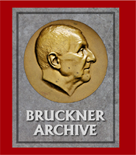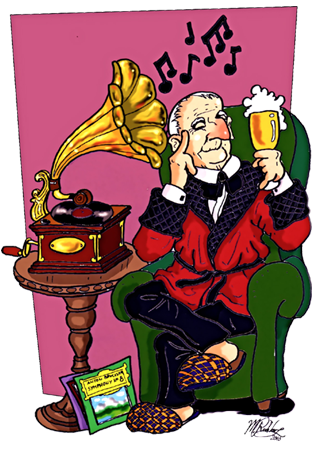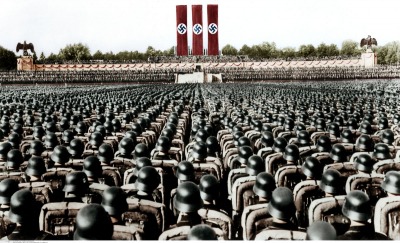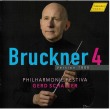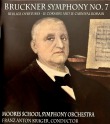Bruckner's music at the Nazi Nuremberg rallies
September 1937: Adolf Hitler chose to conclude the 9th Party Congress (Reichsparteitag der Arbeit, or Rally of Labor), celebrating the reduction of unemployment in Germany since the Nazi rise to power, with a performance of the gigantic Fugue which ends the last movement of the 5th Symphony - a personal favourite of the Führer. To assist in the musical effect, the Nazi Party comissioned the installation of an E.F. Walcker & Co. organ (Opus 2550) inside the Luitpold Halle situated on the Nazi Party Rally Grounds in Nuremberg. The Walcker Organ was inaugurated on October 26, 1936 (Nazi Party Day). Organist Eduard Kissel inaugurated Walcker's "Opus 2550" by programming four public recitals before an audience of between 4,000 and 5,000 people. This gigantic Congress Hall organ of more than 200 stops (and supported by loudspeakers) was used to accompany the National-Socialist Symphony Orchestra (Franz Adam: music-director) during their propaganda concerts. Albert Speer’s "Cathedral of Light" or "Lichtdom" (which is still considered as one of his most important works) was staged during these rallies. | ||||||
|
Photos relating to the rallies and the organ | |||
|
A rare recording of the Walcker Luitpold Hall Organ | |||
